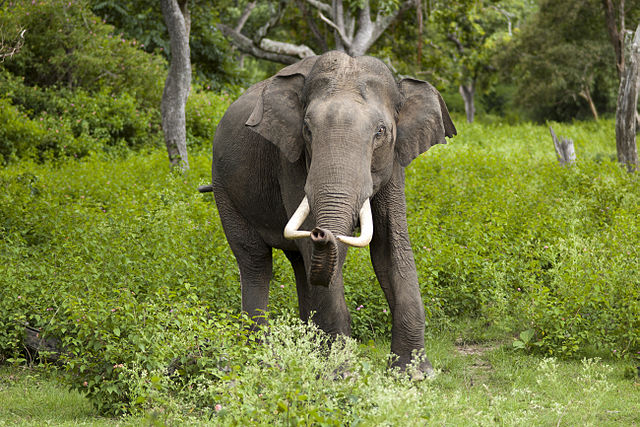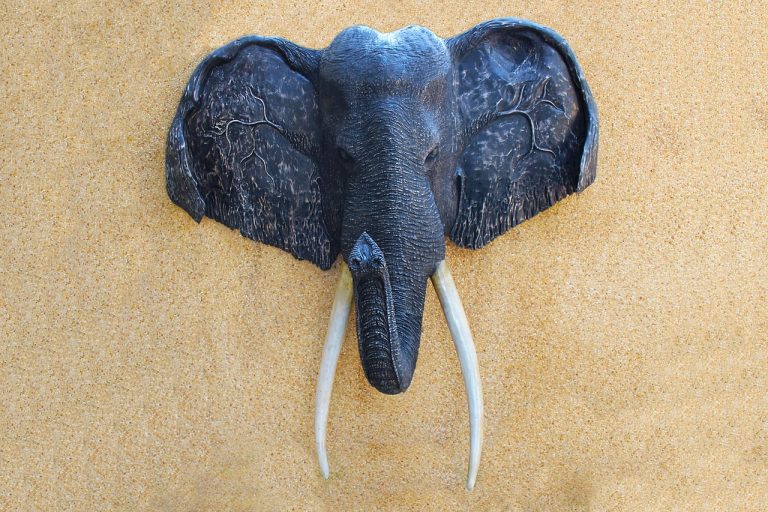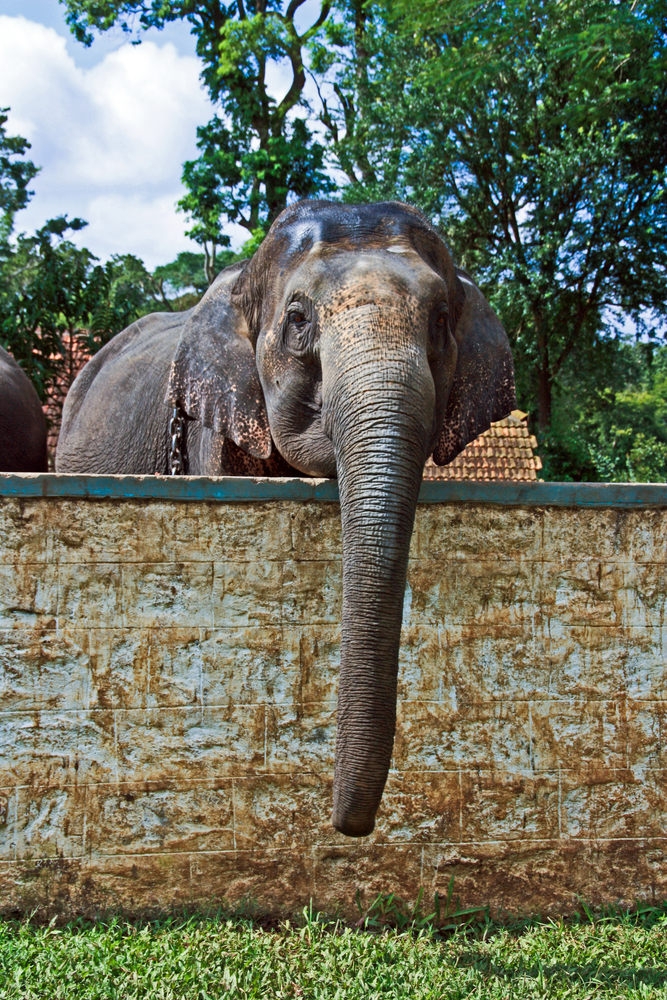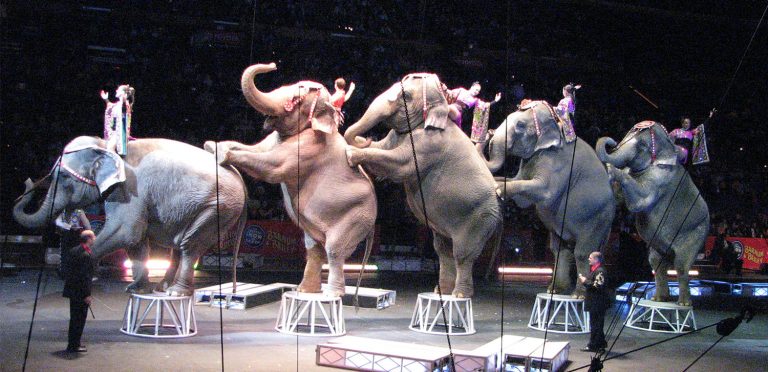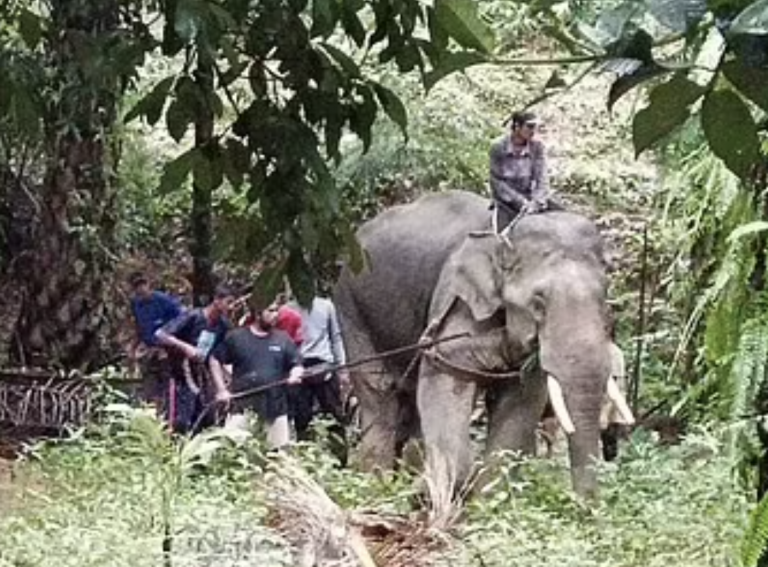A Brief History Of The Human-Elephant Relationship
The history of the human-elephant relationship is a story of several negatives and few positives.
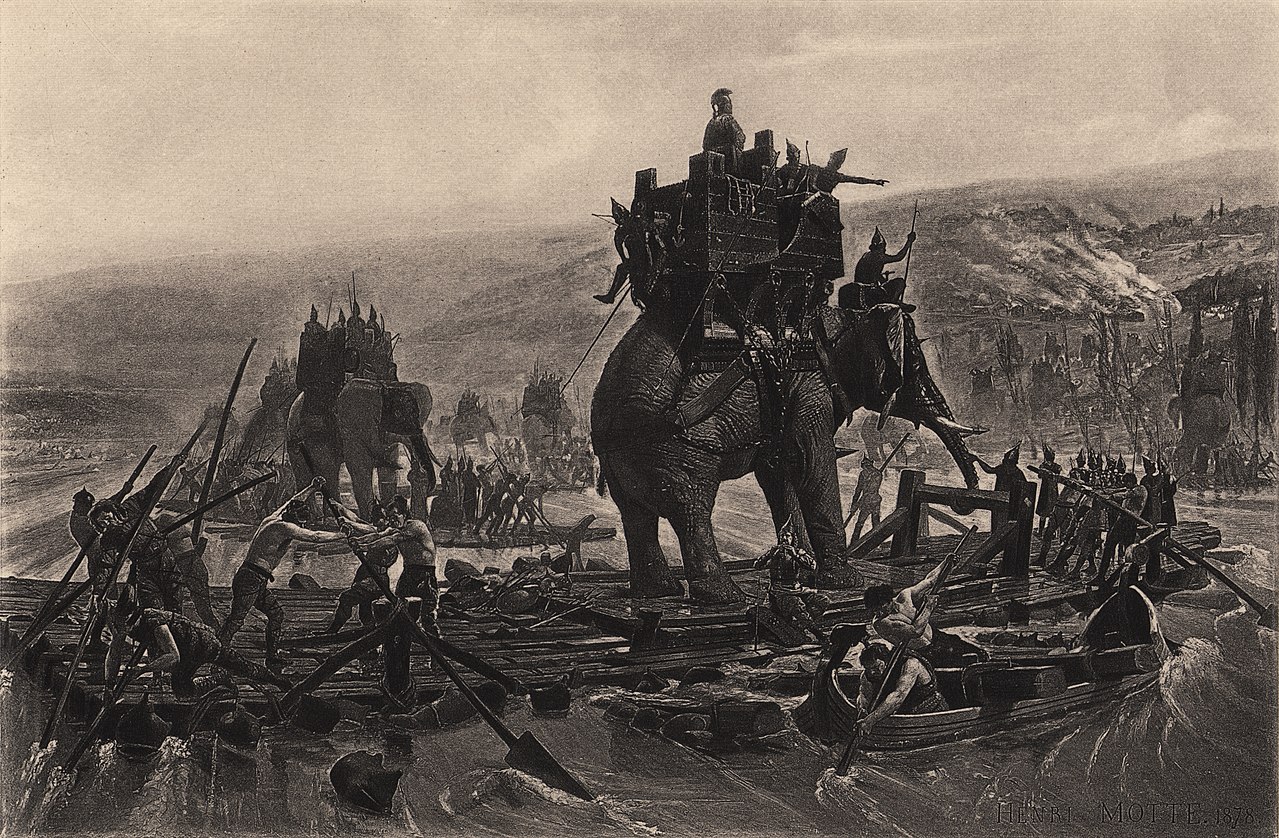
Elephants are some of the most fascinating terrestrial animals that exist on our planet. What sets them apart from other animals is their sheer size. Some African elephants were recorded as being so large almost as if they were relics of the era of dinosaurs.
Some individuals weighed as much as 2.5 to 7 tons and reached a height of 8 to 13 feet when standing! Added to the fact that these large animals are herbivores earns them the title of “gentle giants.”
For as long human history can recall, these highly intelligent and emotional beings have been the object of our fascination. But unfortunately, humans in their drive for profit have harnessed the power of the elephant in various endeavors. These endeavors include transportation, war, construction, entertainment, or just for display.
In addition, the human-elephant relationship has not always been a smooth experience mostly at the detriment of the latter.
Below, we’ll take a quick look at a few examples of the history of the human-elephant relationship with a focus on how this association has evolved to date.
Brief History And Examples Of The Human-Elephant Relationship
Elephants In Ancient Times
-
In India
Animals are an important part of life in India, but the elephant in particular has a special place in Indian culture, history, and religion.
The earliest recorded history of the human-elephant relationship is recorded in manuscripts written around 4000 BC in India.
From the stories contained in those ancient writings, man had attempted to domesticate those large beasts back then but in vain. This situation could have contributed to the reverence that was accorded to the animals in the Buddhism faith. In Buddhism, elephants are considered as sacred.
These mighty mammals were associated with the most powerful deities. Consequently, they are seen as symbols of strength, wisdom and intelligence.
Of particular importance is the Sanskrit reference to elephants as “Gaja” which implies the Lord Ganesh: one of the most beloved and powerful deities in India. Also, in Buddhism, the birth and conception of Buddha is directly linked to a white elephant.
The significance of elephants in India is still handed down from generation to generation hence their high status in the Indian society.
-
In Thailand
Thai elephants are really of Indian origin and a subspecies of the Asian elephant. These creatures also have a long history of human-elephant relationship that goes centuries back. In fact, it’s Thailand’s national animal and you’ll see it on the Royal Thai Navy flag and other official emblems too.
They served the Thai nation as a means of livelihood, for transportation, and during warfare. The white elephant in particular is directly associated with royalty and a sign of prosperity and peace.
-
In Egypt
From Africa, the earliest references to elephants are records of wild elephants being captured and tamed in ancient Egypt about 5,500 years ago.
Unfortunately, many of these animals were also found buried in elaborate tombs. Obviously as a mark of respect and part of the burial rites for powerful rulers.
Elephants were associated with royalty and even the gods in several Asian cultures.
Human-Elephant Relationship: In Warfare
Elephants were deployed as a formidable resource in several ancient battles too many to mention here. Elephants presented some serious advantages over battle horses such as:
- Horses were easily frightened and panicked by the strange smell and trumpeting sounds of the charging elephants.
- A charging elephant is a wall of brute force. They were not easily stopped, unlike horses, and could trample, gore, and scatter enemy lines quickly.
- Their sight and noise alone frightened even the most disciplined and trained of soldiers. Even Roman battalions feared them.
- Their very thick skin also offered much better protection for their riders as compared to horse-back riding opponents.
- Elephants could cross difficult terrain better than horses and were better at breaking down barriers.
These war elephants engaged in numerous battles, but some of the most popular references are:
-
Genghis Khan And His Elephants
People from the far East had no involvement with elephants until Genghis Khan came around.
According to historic records, Khan retained elephants as part of his entourage when he encountered them in Carthage. Elephants in the infantry made Khan a formidable opponent in his future encounters. As a matter of fact, most of the armies that he was to fight with would flee rather than face the terror of a fighting army that rode on elephant backs.
This may be associated with the psychological effect the sight of these large creatures would cause. That’s especially the case with opponents who in many cases had not encountered such “monstrous beasts” in their entire lives. Therefore, it was easy to convince his enemies that the “gods” were fighting on his side seriously dampening his opponents’ morale to fight further.
-
Alexander The Great
Another prominent part in history that cannot be left out is Alexander the Great and his encounters with warring Indian kings that rode on the elephant backs.
This was something hitherto unknown in the Greek culture. Alexander and his army must have been awed by this, as they too sought to engage the animals in their future warfare. Apparently he was successful as seen in the emergence of warring factions riding on elephant back later on in Carthage.
-
Hannibal And The Elephants
The story of war elephants would never be complete without mentioning one of the the greatest generals in history: Hannibal Barca of Carthage.
He harnessed them for battle solely for the sheer terror they evoked in his enemies. Actually, he won many battles that way. Elephants were his favorite super-weapon and he used them against the Roman army successfully. Unfortunately, for him and sadly for the elephants, managing them later became a problem and led to his downfall.
Whatever, the case, his conquests were so popular that they later inspired several works of literature including those of J.R.R Tolkien.
Hannibal deserves a special mention for managing to cross the Alps during the Punic wars with a battalion of 59,000 soldiers and dozens of elephants.
Elephants In More Modern Times
Asian Elephants For Entertainment
With time and with the advancement of diplomacy and technology, elephants gradually became less relevant for international battles. Humans sought out other uses for them and noticing their intelligence and cognitive skills, people began training them for entertainment.
However, their drive for quick profit led to absolute disregard for the safety, emotional, or health needs of the animals. Elephants were severely exploited and treated cruelly in road-side, poorly funded and managed circuses and other tourist attractions.
You can click on this link to read more about the cruelty of the elephant entertainment industry.
Elephants In American Circuses And Zoos
The first elephant to arrive the United States landed in the 1790s and was immediately put on display. The public was so fascinated by it that many more followed and by the mid-1800s, they were now a popular part of every circus performance.
Just like in Asia, the elephants were also taught tricks to perform to the amusement of the audience, which pays for these performances to be staged. Again, the cycle of abuse and torture continued with many elephant injuries and death and human fatalities.
Today, there is a lot of criticism against these circuses because of the dangerous conditions that the animals are subjected to. Elephants performing in the circuses are also often beaten brutally. They are often struck behind their ears, their chins and legs with metal-tripped prods in order to control them and safeguard their handlers.
Of note is also the fact that as of the year 2000, more than 1800 elephants were living in zoos and circuses. There is no doubt that this goes against their nature as they are born to live free in the wild. Surely, this contributes to their early deaths and low reproduction rates.
The Issue Of Poaching Elephants For Their Ivory
The greatest challenge facing these gigantic mammals today is poaching for ivory. Poaching has effectively brought them to the precipice of extinction several times.
The notion that ivory is a symbol of luxury continues to fuel he sustained demand for ivory in many Asian countries. As a result, poachers continue to slaughter African elephants mercilessly for fast removal of their tusks.
The situation is so bad now that most of the remaining elephants are only relatively safe in closely monitored reserves and parks in parts of Sub-Saharan Africa. Even so, poverty levels are still high so the poachers are not giving up and are always devising better methods of attacks.
Most of these poachers are poor peasants who are attracted to the illegal but lucrative trade of killing the elephants for their tusks.
With the population of thsee animals dwindling, much must be done to see that the gentle giants do not become extinct.

